Five Nights at Freddy's
Five Nights at Freddy's (FNaF) has emerged as a cornerstone in the horror game genre, captivating and terrifying players since its release. Developed by Scott Cawthon, this game combines simplicity with psychological horror, creating an experience that lingers with players long after they've turned off their screens. In this exploration, we delve into the world of FNaF, its groundbreaking gameplay mechanics, and the unique brand of horror it brings to the virtual table.
The Mechanics of Fear and Survival
The Premise of Five Nights at Freddy's
At the heart of it, Five Nights at Freddy's is a game that immerses you in a chilling survival horror experience, casting you as the overnight security officer at the child-friendly establishment, Freddy Fazbear's Pizza. However, the animatronic characters that entertain during the day become unpredictably hostile at night. The player must survive their shifts, from midnight to 6 a.m., without falling victim to the animatronics.
Gameplay Mechanics and Strategy
The Role of Cameras
The camera system serves as the player's primary method of tracking the animatronics' movements. Each camera feed provides glimpses into the dark, often barely illuminated corridors and rooms of Freddy Fazbear's Pizza, creating a palpable sense of dread and anticipation.
Power Management
The constant drain on power adds a layer of urgency and forces players to make strategic decisions about when to use their limited resources. Mismanagement can lead to vulnerability and eventual capture by the animatronics.
Psychological Horror Over Physical Threats
Unlike many horror games that rely on graphic violence, FNaF's terror stems from the anticipation of danger and the fear of the unknown. The game expertly plays on human psychology, using the animatronics' eerie appearances and unpredictable behaviors to create a deeply unsettling experience.
Weak Sides of the Game
Limited Replay Value
For players adept at pattern recognition and resource management, the challenge of FNaF may wane, reducing the incentive for repeated playthroughs. The game's static environment and predictable mechanics can contribute to a feeling of monotony after the initial novelty wears off.
Narrative Ambiguity
While the cryptic storyline and hidden lore have engendered a passionate fan community, some players may find the lack of explicit narrative disappointing. The game requires players to piece together the backstory from subtle clues and external sources, which can be frustrating for those looking for a more straightforward plot.
The Enduring Legacy of Five Nights at Freddy's
Five Nights at Freddy's has left an indelible mark on the horror genre, offering an experience that is as mentally taxing as it is terrifying. Players have lauded the game for its innovative use of atmosphere, sound design, and psychological horror elements, which together create a uniquely immersive experience.
Player Impressions and Impact
The game has cultivated a dedicated following, with fans appreciating the depth of strategy required to survive each night. The sense of accomplishment in outwitting the animatronics and uncovering pieces of the game's mysterious lore has contributed to its popularity. However, the game's reliance on jump scares and a somewhat repetitive gameplay loop has drawn criticism from some quarters, highlighting areas where the experience could be enriched.
A Cult Classic
Despite its imperfections, Five Nights at Freddy's stands as a testament to the power of simplicity in game design. Its ability to evoke fear and maintain tension with minimalistic mechanics has inspired numerous sequels and spin-offs, each seeking to recapture and build upon the original's chilling allure.
In the end, Five Nights at Freddy's challenges players not just to survive the night but to confront their fears head-on. It's a game that proves true terror doesn't always come from the monsters we face but from the anticipation of their arrival and the fight to keep the darkness at bay.
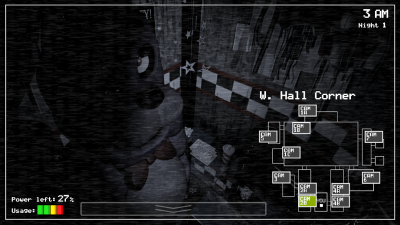
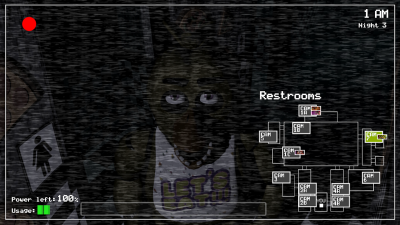
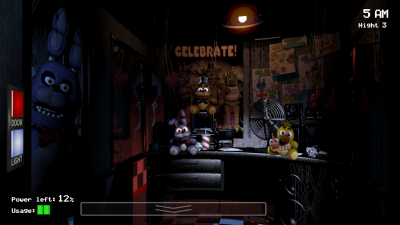
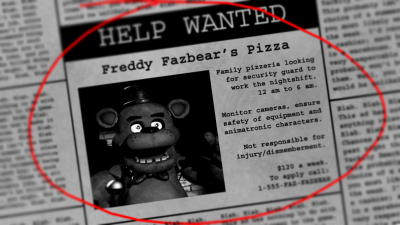
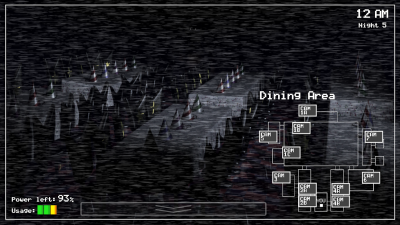
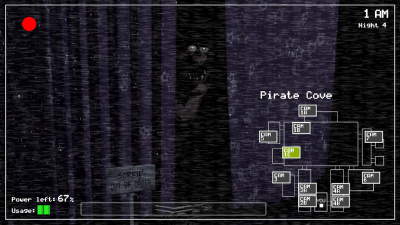
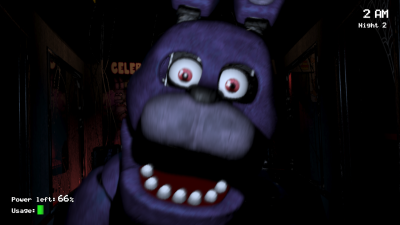
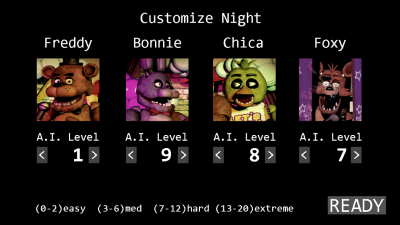
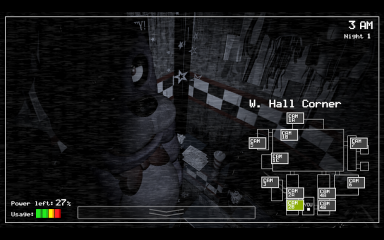
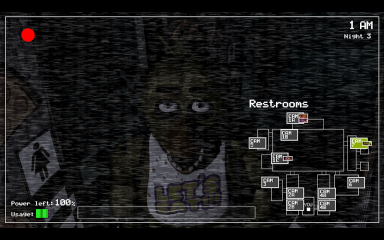
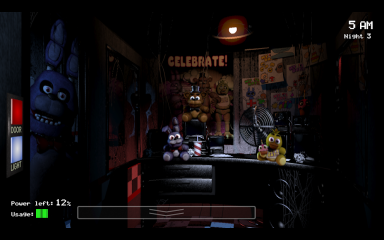
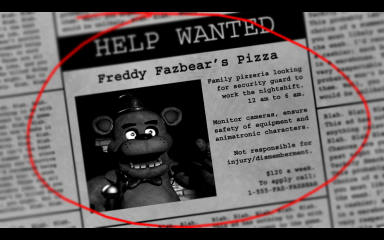
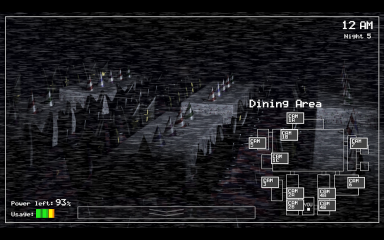
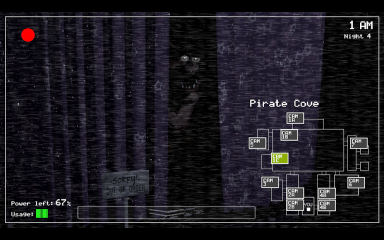
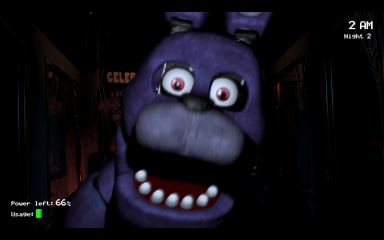
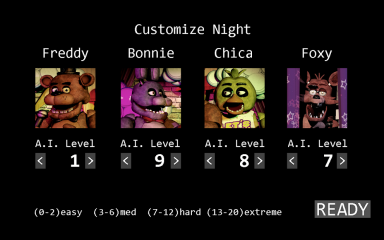
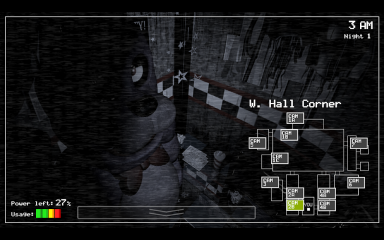
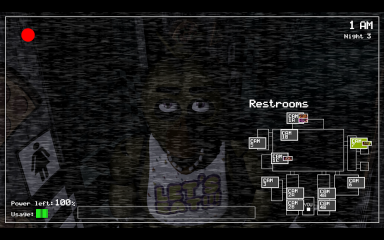
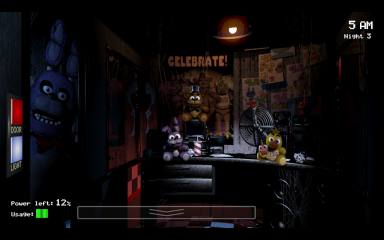
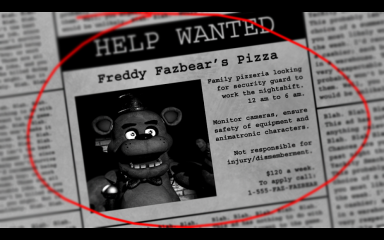
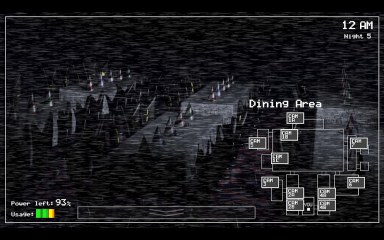
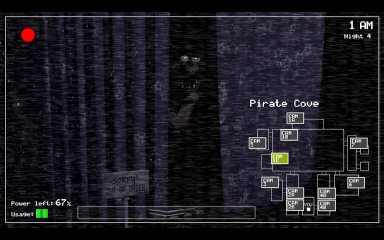
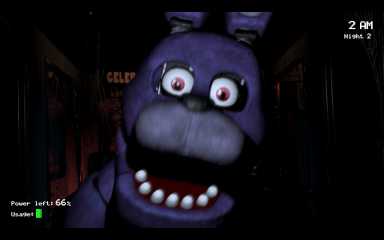
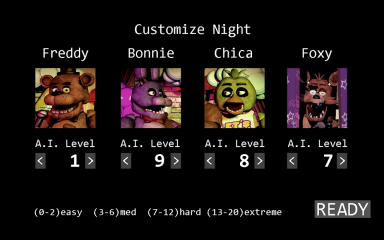
Latest Reviews
Latest Articles
- Marvel Assembled: Celebrating Cinematic Legacy and Innovation in the Iron Man Mark 3 Collector's Edition The world of collectible building sets continues to evolve as brick enthusiasts and Marvel fans alike revel in the latest innovations that pay tribute to... Daniel Garcia Dec 22, 2025 Read more
- Mega Man Star Force Legacy Collection: A New Chapter for Classic Fans This update brings some exciting news for longtime enthusiasts, as a significant collection is arriving in March. For years, supporters have eagerly awaited another chapter... Daniel Garcia Dec 22, 2025 Read more
- Multiplayer Evolution: Embracing Cooperative Gameplay Innovations This article introduces upcoming enhancements that expand multiplayer functionality, offering new cooperative gameplay features and additional updates. Fans of immersive gaming experiences will find fresh... Grace Hall Dec 22, 2025 Read more
- Sonic Racing: CrossWorlds – A Race Through Discounts, Dynamics, and Crossover Adventures Sonic Racing: CrossWorlds finds itself at the center of a vibrant promotion that not only brings fans value through pricing adjustments but also offers a... Grace Hall Dec 08, 2025 Read more





















